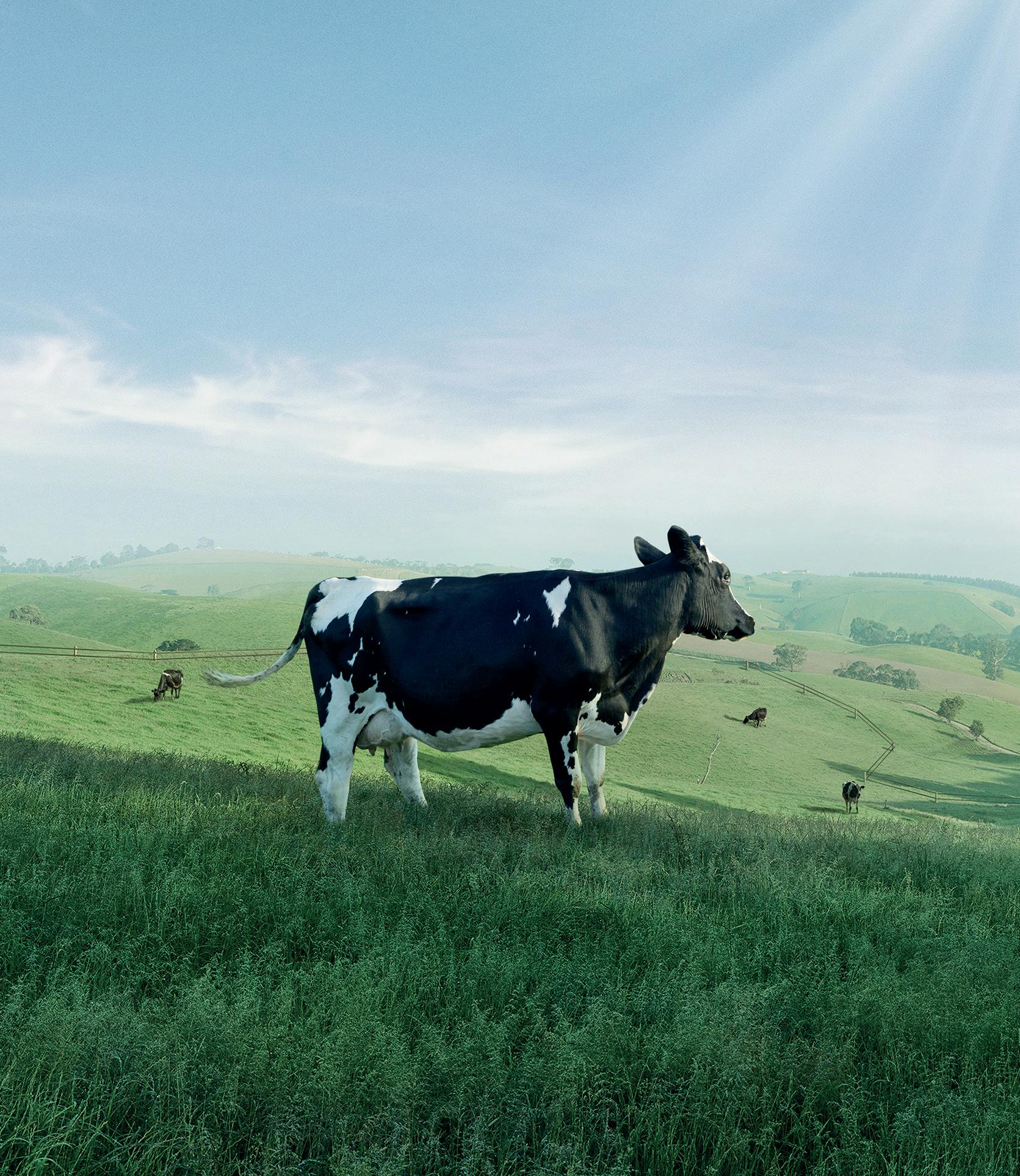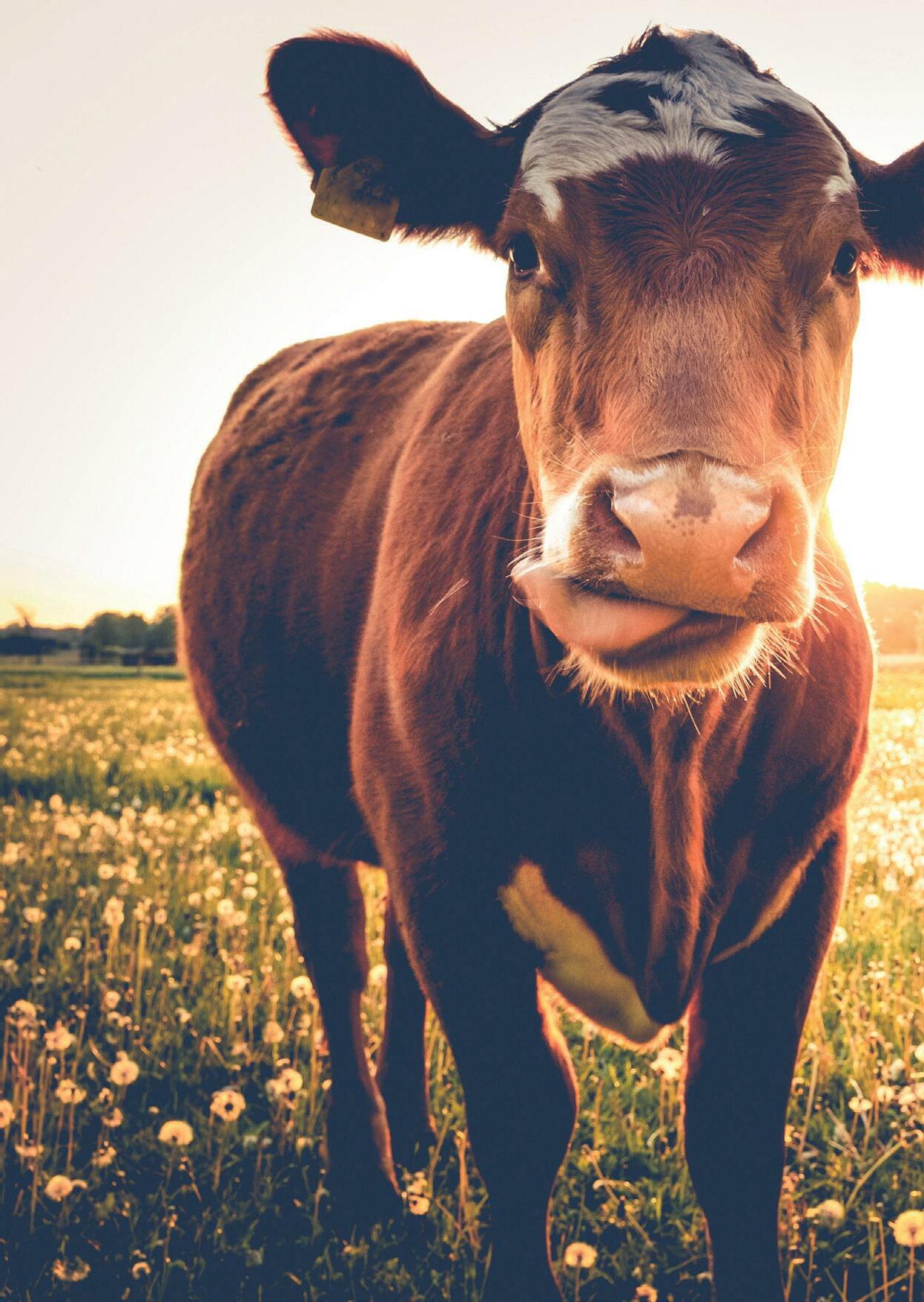
4 minute read
CONSUMER NEWS
MOST AUSSIES WOULD PAY MORE FOR MILK TO HELP OUR DAIRY FARMERS!
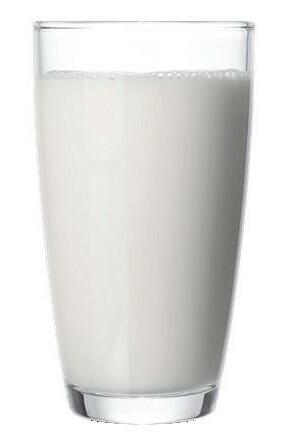
A SURVEY OF BUY AUSTRALIAN MAGAZINE READERS AND THE GENERAL PUBLIC REVEALED THAT 76% OF PEOPLE EITHER PAY MORE FOR MILK OR ARE PREPARED TO PAY A FURTHER 20C A LITRE TO SUPPORT OUR DAIRY FARMERS.
In addition the majority of people are prepared to pay more for primary produce – meat, seafood and vegetables, just under 50% were prepared to pay more for Australian packages goods if it supported Australian Owned and Made. Significantly 16% of readers said they can’t afford to pay more for milk and 22% can’t afford to pay more for other grocery items reflecting the increasing price of supermarket products that is expected to continue to rise in coming months. “As a pensioner I have to shop very carefully, a few cents more for milk is ok, but meat? Haven’t had steak for more than a year….. even mince is up there with sometimes now….. I do try to buy made in Aus from Aus ingredients whenever I can…,” was one comment. The survey followed a call by United Dairyfarmers of Victoria president Paul Mumford for the nation’s big three supermarkets to explain why dairy prices need to rise via in-house marketing. The price of generic milk now sits at $1.30 a litre in the major chains but the UDV and other dairy groups say an immediate rise is necessary with fertiliser costs quadrupling in the past year. This follows hard on the heels of the drought that only finished with wide spreading flooding and destruction of homes and farmland. “Our primary producers need support from our supermarkets. Our supermarkets are ruthless when negotiating with them. it should not always be about the dollar but about moral obligations, My milk is already $1.60 a litre it’s gone up 40cents already. We don’t eat much meat as it’s too expensive and the supermarket meat is horrid,” was one comment that reflected our generous spirt. Mr Mumford recently told The Weekly Times that prices needed to rise and a mass marketing drive by the supermarkets should be initiated to explain the reasons why. »
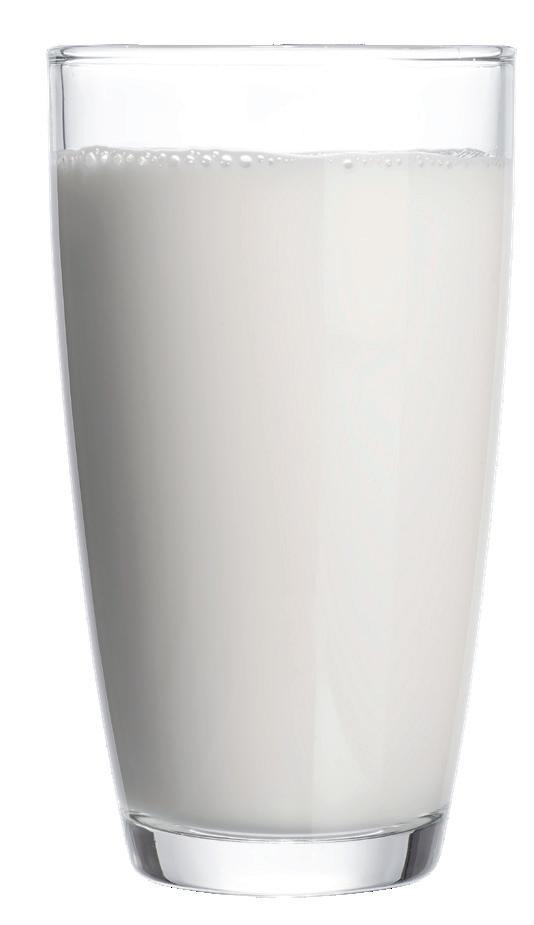
“Supermarkets need to do a lot more to explain why prices need to rise,” Mr Mumford said. “I think the supermarkets owe it to the industry — they’re the ones who devalued the industry,” said the Federal Minister for Agriculture Mr David Littleproud who has chipped in $1 million to fund the transparency campaign. The explanation for a rise in prices will need to be very through to ensure the public can see the benefits of their extra spend. At the same time Woolworths will phase out its 10-cent drought levy on its own brand 2L and 3L milk at the end of June after four years. Woolworths that was the first to introduce the levy in 2018 following pressure from farmers struggling to feed livestock and pay bills amid a crippling drought. In mid-2020 Woolworths said the levy had contributed $50 million to dairy farmers since it was introduced in 2018, with another $30 million in 2021. There is a lot of cynicism about the levy from consumers after the ACCC forced Coles agreed to pay dairy co-operative Norco $5.25 million more for its milk in 2019 after the Australian Competition and Consumer Commission flagged what it says looked like misleading claims about price increases being passed on to farmers. The ACCC said Coles did not pass on in full a 10 cents per litre price increase to Norco, which supplies the chain's own-branded milk, despite advertisements claiming farmers would receive it. “The prices we pay need to reflect and support our primary/food producers to ensure the security of these industries for our wellbeing and future,” was another comment. NSW Farmers dairy committee chair Colin Thompson said farmers were disappointed the drought levy was not being rolled into the base price for milk. “The irrational dollar-a-litre pricing model nearly killed the dairy industry, we cannot let that happen ever again,” he said.
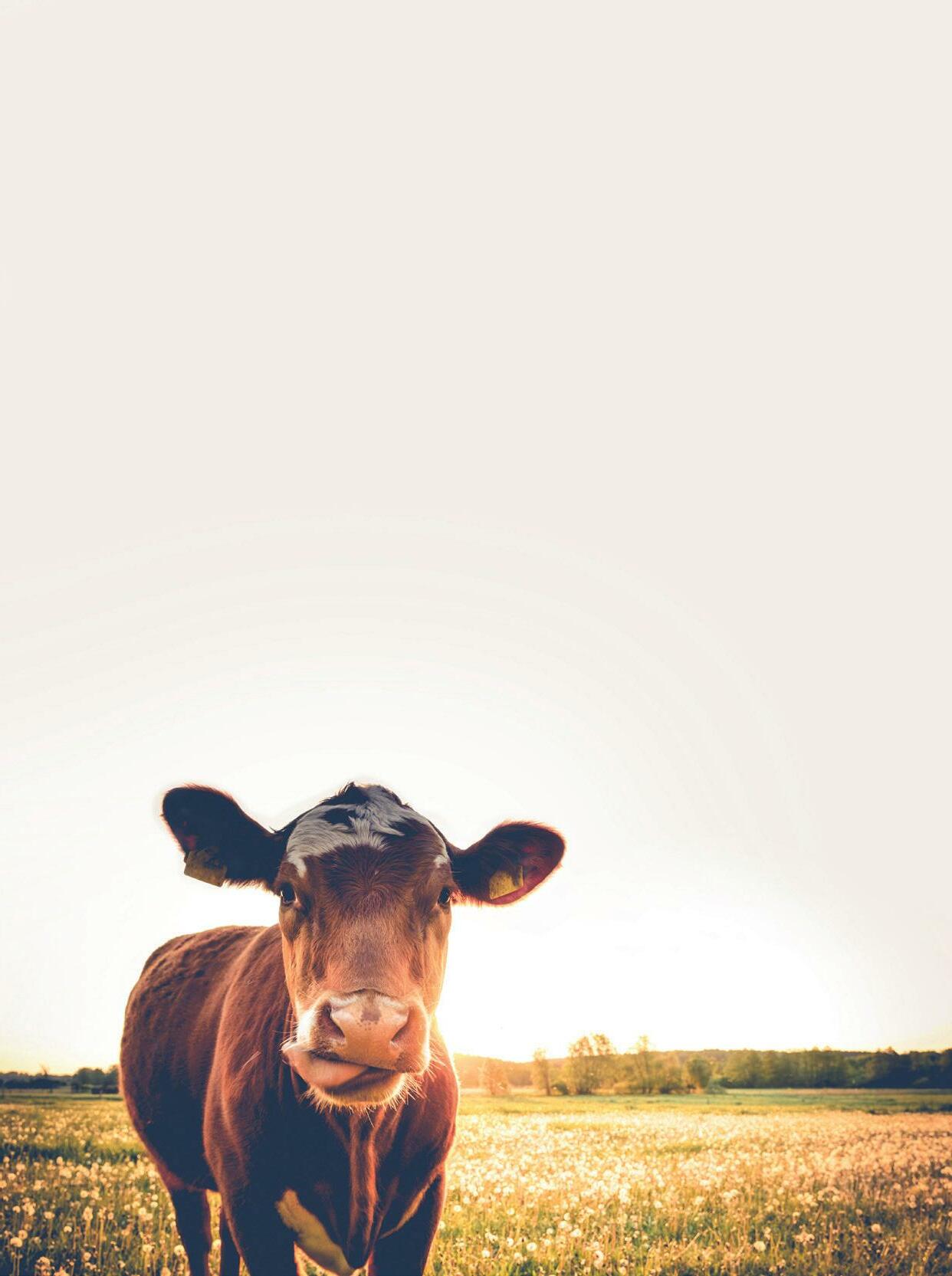
• 56% Female • 42% Male • 27% aged 40-59 • 70% aged 60+ • 90% primary food shopper • 50% buy branded milk How much more will you pay? • 26% 20c + • 11% 10c• 12% can't afford to pay more.
Prepared to pay more to protect Australian owned and made • 74% vegetables • 66% beef • 65% chicken • 60% fish • 55% pork • 47% packages goods • 22% can't afford to pay more.
